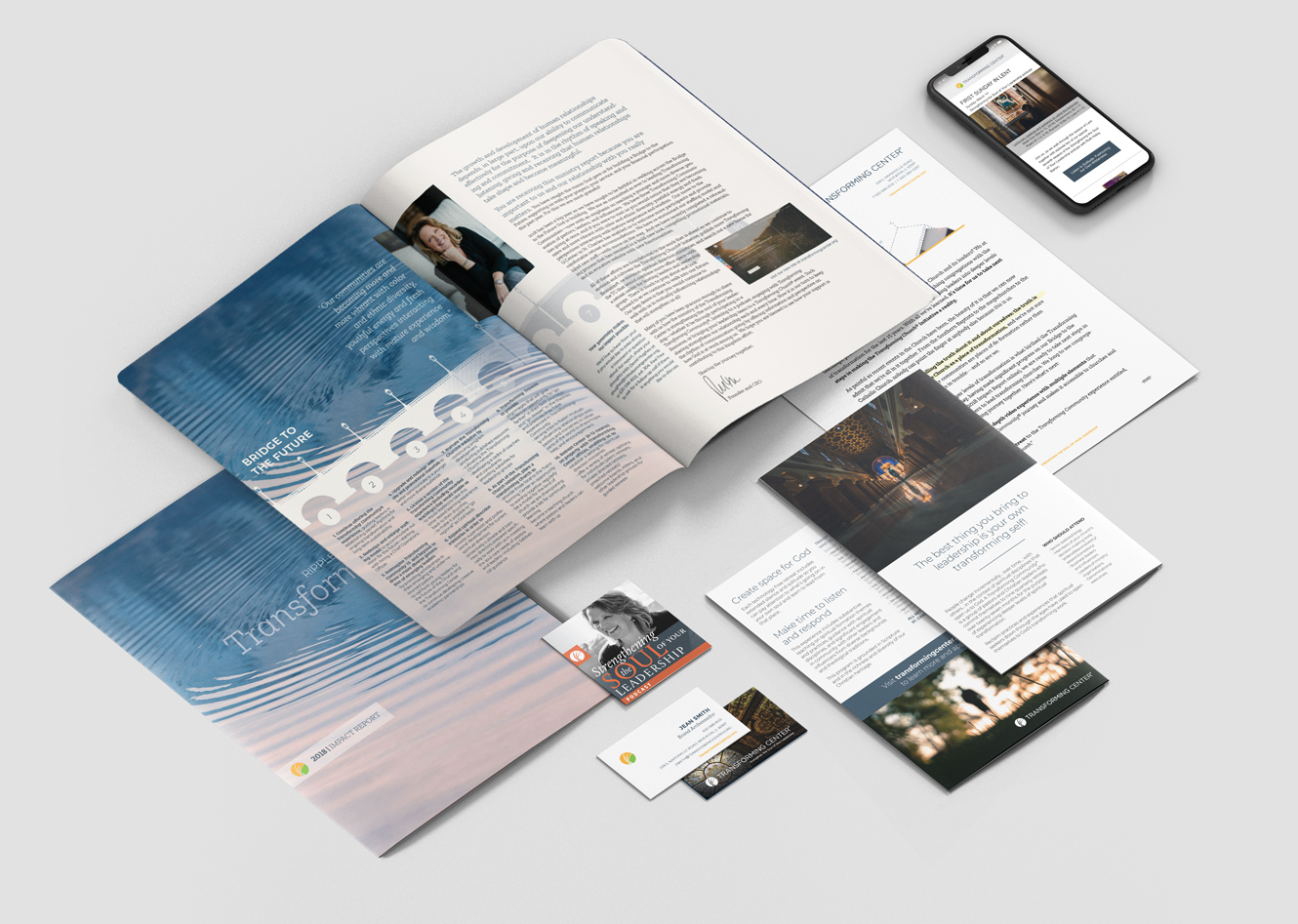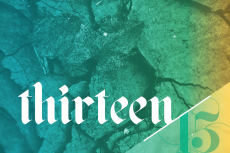What do these have in common:
- YouTube is the second largest search engine in the world
- At the end of last year, Instagram surpassed Twitter in number of users
- In web design, the hero image (and its various permutations) have dominated the landscape
Visual cognition and communication are quickly wriggling their way into into the category of requisite skills. When you apply for a job today, there are a number of baseline assumptions that the employer expects you to possess. They assume that you have sufficient grammatical and syntactical skills to write emails and reports, that you can verbally hold a conversation and give a presentation, and that you can read documents and analyze them.
These skills are assumed. At no point will the the employer ask if you can write a coherent sentence or paragraph, speak intelligently, or read cogently. These are baseline knowledges.
Another One
These were not always taken as basic skills. There was a time when employers would indeed ask about the aforementioned skills. There is always an upward trend in skill assumption. And we are not at the end.
The next skill that will enter the realm of assumed is visual skill, specifically photography and video. Just as writing was once considered a “nice extra”, photography, in some quarters, is considered the same. But that is quickly changing as we move from a word- to an imaged-based culture.
And the democratization of visual technologies (e.g. Instagram, iMovie, Final Cut Pro, Snapchat, Meerkat, Periscope, Vscocam, Lightroom) has pushed visual communication skills closer to the category of baseline knowledge.
The Beans
This shift provides wonderful opportunities for many institutions, non-profits, and companies. Simply put, images, either still or moving, brings people closer. We experience things and people primarily through images, so it affords fantastic opportunities for greater relational proximity.
Institutions, companies, and individuals need to start taking seriously training in photography and video as well as integrating them into to their marketing and communication as an essential component. The largest communication channels in the world trade in these media and thus skill and care in production is absolutely necessary.
For global non-profits and corporations, this direction is quite favorable. Apart from technical skill, good and unique imagery depends much on location. And if you are a non-profits with work in a variety of countries, that diversity and uniqueness is priceless imagery.
Just do This Stuff
Here are things that brands need to do to communicate effectively with these new printing presses.
- Train key employees in photography and video. Not simply or most importantly technical use, but composition and lighting.
- Give said employees photographic projects with narrative frames. The beautiful image is compelling but fleeting. Creating serial projects retains attention as users become increasingly involved with the people and progression of long-term projects and stories.
- Begin to include visual skills in the employment processes. Your brand will increase in both its visual assets (as a result of hiring visually skilled practitioners) as well as brand attractiveness as an organization that values not only images but the way the people communicate today.




















